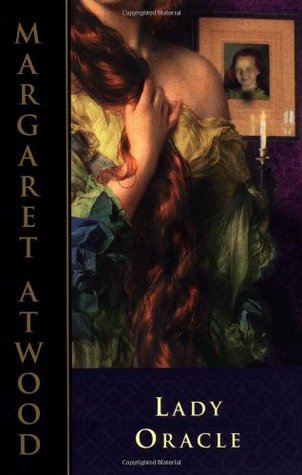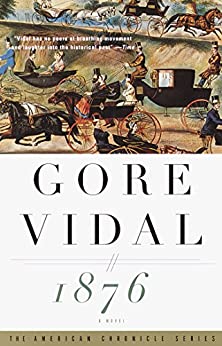My final choice for the 1976 Club is this early novel by Margaret Atwood, her third. Up until now, the earliest novel I’ve read by her is The Handmaid’s Tale, published nine years later. Although her novels have mostly been totally unlike each other except for frequent forays into dystopia, Lady Oracle was surprising to me. For the most part, it is quite a silly romp.
When we first meet Joan, she has faked her own death and run away from her life to make a new start in Italy. Over the course of the novel, we learn why.
Joan grows up with a distant and disapproving mother and a mostly absent and ineffectual father. Her mother focuses on her weight, though, so as she gets older, Joan changes from trying to please her mother to defiantly trying to get fatter. It takes the death of her beloved aunt to bring her down to a normal size, because if she loses weight, she’ll inherit enough money to run away from Toronto to London. However, she is thereafter haunted by the spirit of the fat lady.
As a naïve teenager in London, she gets involved in the first of a series of odd relationships characterized by her eagerness to please—first an impoverished Polish Count to whom she loses her virginity simply because she doesn’t know what to do in an embarrassing situation; then her husband, a fervent and ascetic believer in some cause, if only he could figure out which one; then the Royal Porcupine, an artist who offers a bit of romance, albeit on the shabby side. All the while, she is hiding two secrets—that she used to be hugely fat and that she writes trashy romance novels for a living. To hide her past, she accumulates complex lies. However, her secrets are threatened when she almost inadvertently writes a best-selling book of poetry.
By and large, I enjoyed this novel, which gets more and more complicated as it goes along, and sillier and sillier. I was deeply disappointed in the ending, which read to me as if Atwood just got tired of writing the novel and wanted to get it over with. Although Joan seems to be finally developing some self-esteem by the last chapters, everything is left up in the air, and I fear she is doomed to repeat her past.






